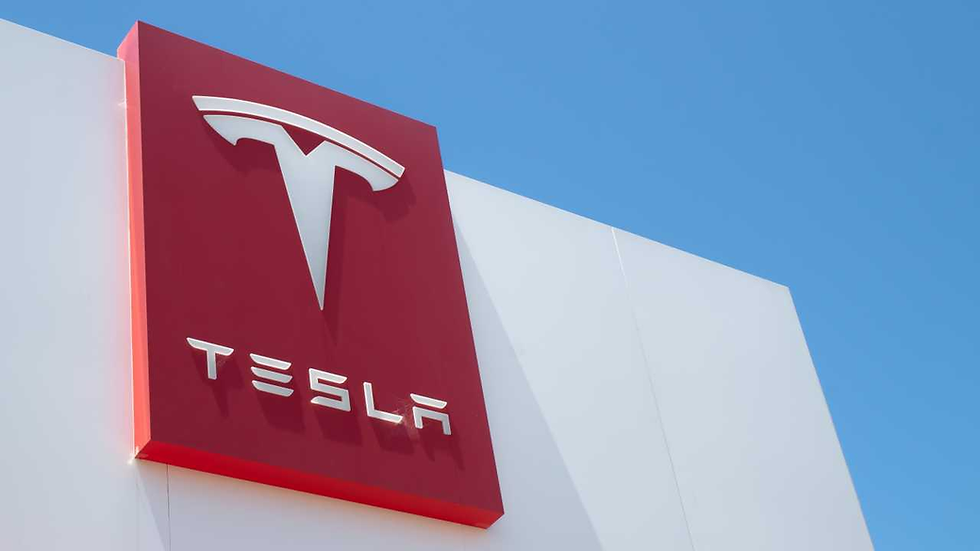Tesla and the Future of the Electric Vehicle Industry
- Bailey Hartanto
- Aug 5
- 2 min read

Tesla has revolutionized the global automotive industry by leading the shift from gasoline-powered vehicles to electric vehicles (EVs). Founded in 2003, the company has positioned itself as the industry leader in EV technology, renewable energy, and autonomous driving. Tesla’s impact extends beyond just car manufacturing—it has reshaped supply chains, influenced government policies, and disrupted traditional automakers. However, as the EV industry grows, Tesla faces increasing competition and challenges that will determine its long-term success.
One of Tesla’s biggest economic contributions is its role in accelerating the adoption of EVs. The company’s innovations in battery technology, such as its high-performance lithium-ion batteries, have significantly improved the range and efficiency of EVs. By investing in large-scale production facilities like Gigafactories, Tesla has lowered battery costs, making EVs more affordable for consumers. This has forced traditional automakers such as Ford, General Motors, and Volkswagen to accelerate their own EV production, leading to increased competition and innovation across the industry.
Tesla’s success has also influenced government policies worldwide. Many countries have introduced subsidies and incentives for EV buyers, such as tax credits and rebates, in an effort to reduce carbon emissions and combat climate change. In the U.S., the Inflation Reduction Act of 2022 extended tax credits for EV purchases, benefiting both Tesla and its competitors. Additionally, governments in Europe and China have set ambitious targets for phasing out internal combustion engine vehicles, further expanding the EV market.
However, Tesla faces several economic challenges. One of the biggest concerns is supply chain disruptions, particularly in the availability of raw materials like lithium, cobalt, and nickel, which are essential for battery production. Rising costs and limited supply of these materials could impact Tesla’s profitability and production capacity. Additionally, increased competition from both legacy automakers and new EV startups means Tesla must continue innovating to maintain its market dominance. Chinese EV manufacturers like BYD and NIO are rapidly expanding, offering high-quality EVs at competitive prices.
Another challenge is Tesla’s pricing strategy. The company has repeatedly adjusted the prices of its vehicles, sometimes cutting prices to boost demand. While this strategy helps Tesla maintain sales volume, it also raises concerns about profit margins and long-term financial stability. Investors closely monitor Tesla’s ability to balance affordability with profitability, especially as interest rates rise and consumer demand fluctuates.
In conclusion, Tesla has played a pivotal role in transforming the automotive industry, driving innovation in EV technology and influencing global energy policies. However, the company must navigate supply chain challenges, increasing competition, and pricing pressures to sustain its growth. Whether Tesla remains the dominant force in the EV market will depend on its ability to adapt, innovate, and maintain financial stability in an evolving industry.



Comentários